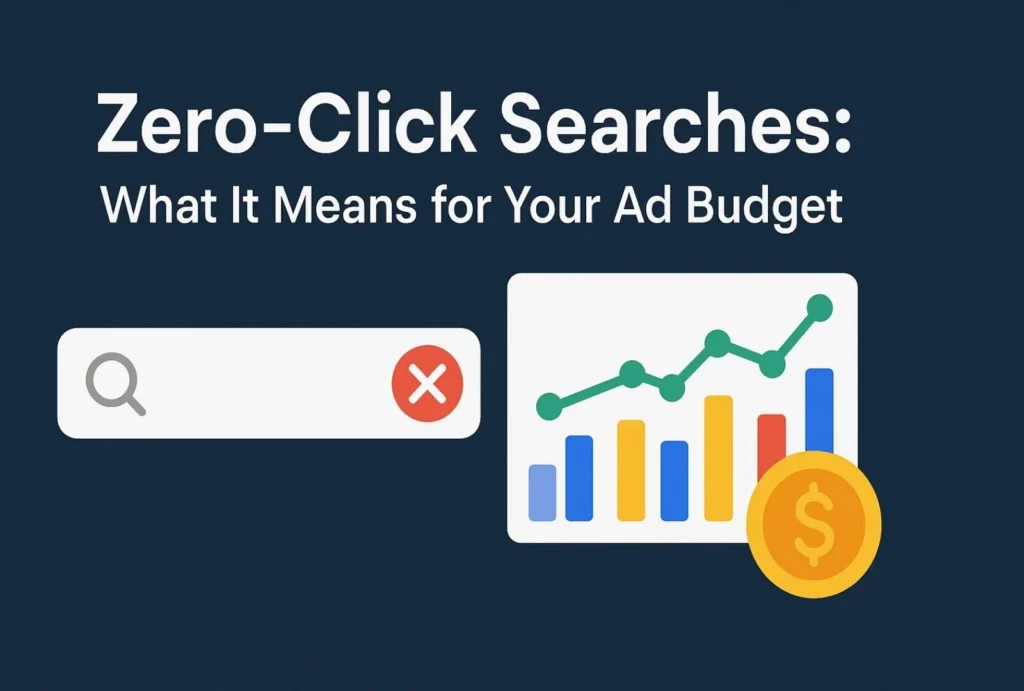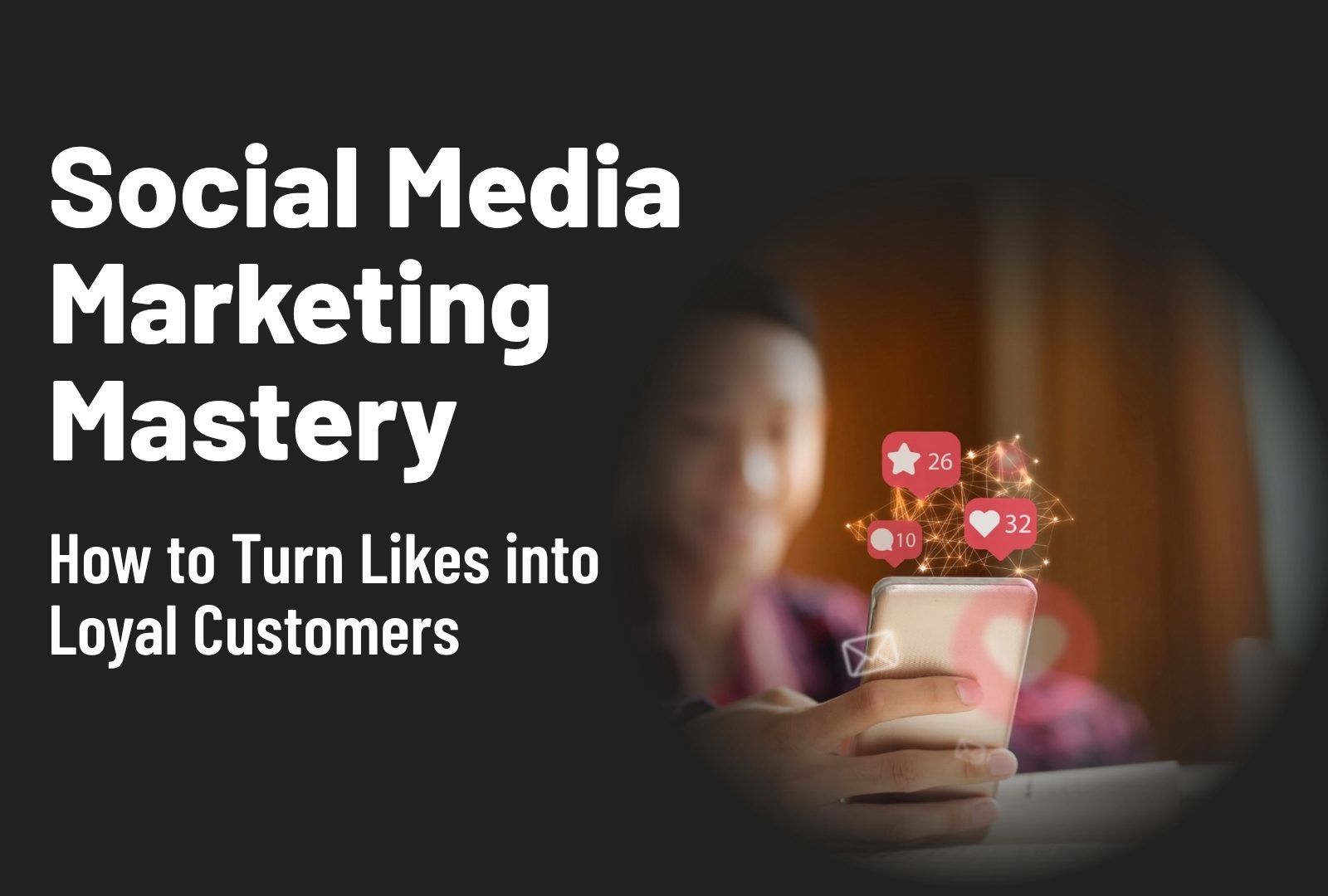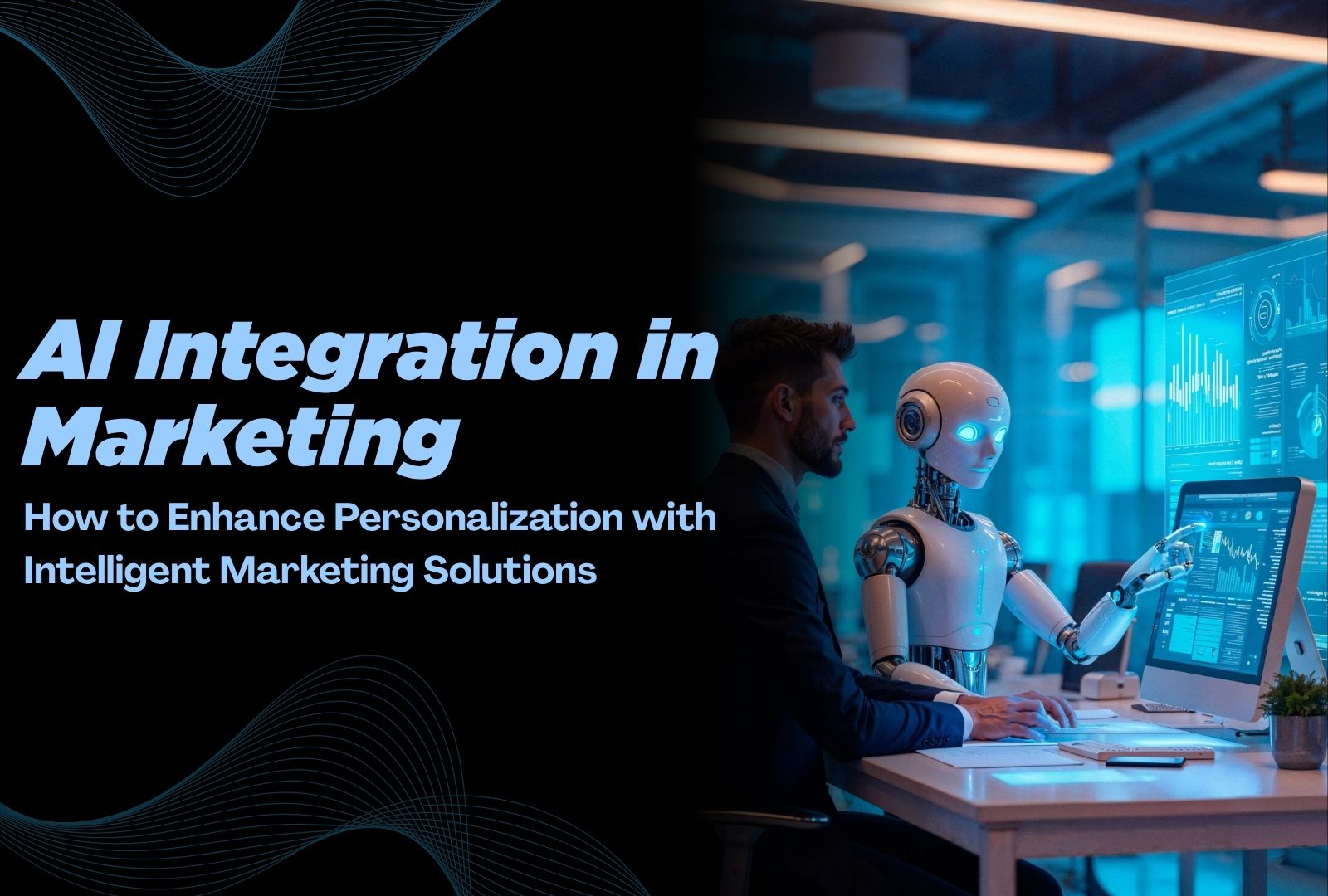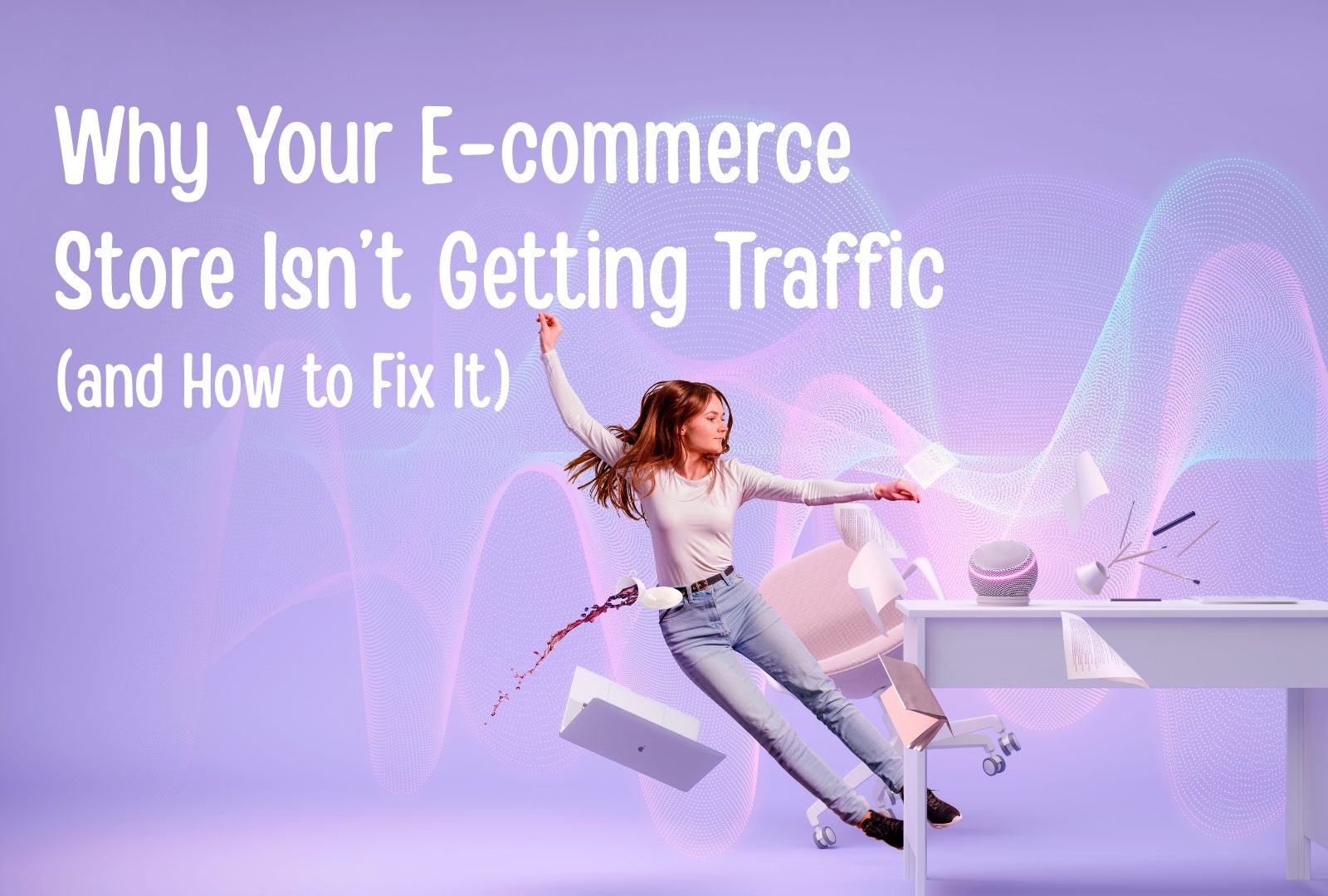Heads-up: Over 50% of web searches end without the user clicking on anything. Search is still alive and well, but the goalposts have moved—and so must your marketing strategy.
Quick-Take Summary
| Old Reality | Emerging Reality |
| 10 blue links + 4 text ads | AI summaries, answer boxes, instant videos, in-answer ad carousels |
| CTR (Click-Through Rate) was king | Visibility, share-of-voice, and on-SERP (Search-Engine Results Page) engagement matter just as much |
| Search = Google | Search = Google, Bing + Copilot, DuckDuckGo, Brave, Amazon, TikTok, Apple Spotlight |
| PPC priced by click | Rising mix of CPM (Cost Per Mille), CPA (Cost Per Acquisition), conversational and product-card fees |
Keep reading for the full story—and a playbook you can use this quarter.
1. How We Got Here
For two decades the contract was clear:
1️⃣ User types a query ➜ 2️⃣ Search engine shows links and ads ➜ 3️⃣ Clicks generate traffic (and revenue).
That model still pays most of Google’s $270 billion ad business, but it’s being unbundled across the industry:
- Google piles on Featured Snippets, Knowledge Panels, People-Also-Ask accordions, and—since 2024—AI Overviews that answer in paragraph form.
- Conversational responses are prioritized by Microsoft Bing + Copilot, which is already testing embedded Shopping and Search advertisements within those responses.
- DuckDuckGo and Brave Search surface “Instant Answers” and AI-generated summaries without clicks, catering to privacy-minded users.
- Amazon may have intentionally kept customers inside its walled search garden, which is arguably zero-click.
- TikTok has become a de-facto search engine for Gen Z, delivering answers as short-form video without ever leaving the app.
- Apple is poised to bake generative answers into Spotlight and Safari, taking a slice of “default search” away from Google.
2. Just How Big Is “Zero-Click”?
Latest large-panel studies paint a stark picture:
- ~59 % of U.S. and EU Google queries end without a click—on desktop or mobile.
- Semrush’s multi-year tracking shows steady year-over-year growth of zero-click events, especially for factoid queries (age, math, sports scores).
- Publishers report click-through drops of 15–30 % on pages where AI Overviews have launched.
In short, the user still searches—but increasingly finishes their journey on the search page itself.
3. Why Zero-Click Is Rising
- Mobile ergonomics: tiny screens reward instant answers.
- Voice and assistant usage: Alexa, Siri, and in-car infotainment read one answer aloud.
- Generative AI: LLMs stitch multiple data points into cohesive, chat-style responses.
- Platform economics: keeping traffic in-house protects ad revenue and user data.
- User impatience: faster page-load equals zero page-load.
4. The Organic Fallout (SEO Isn’t Dead—It’s Different)
- Exposure over Visits
Being quoted in a Featured Snippet or AI Overview still imprints your brand—even without a click. Start tracking on-SERP brand impressions alongside sessions. - Structured Data Everywhere
Schema markup, product feeds, FAQ blocks, and how-to steps make it easier for any engine to surface your content verbatim. - Entity Building, Not Just Keyword Ranking
Engines answer by entity relationships (“What’s the best espresso machine under $500?”). Publish content that positions your brand as a distinct entity—reviews, comparisons, expert quotes. - Content Velocity Matters Less
Zero-click surfaces thrive on authoritative evergreen facts. Invest in long-lasting resources such as visual explainers, reference tables, and calculators.
5. The Paid Search Shake-Up
5.1 Google Ads
- AI Overview Ad Slots Performance Max and Shopping units can now appear inside the answer, not just above it. Expect fewer impressions, higher intent, pricier CPCs.
- Merchant Center Next auto-formats your product data into “Product Sheets” that live within Google’s retail-answer modules.
5.2 Microsoft Advertising
- Early tests for Copilot-native cards show click-through rates 15 % higher than vanilla text ads but with 30-40 % less volume—signaling scarcity pricing ahead.
5.3 Beyond the Big Two
| Platform | Zero-Click Surface | Ad Opportunity |
| Amazon | Buy-Box answers (“Amazon’s Choice,” comparison tables) | Sponsored Products, Brand Stores |
| DuckDuckGo | Instant Answers, map packs | Contextual (non-behavioral) ads |
| Brave Search | AI Answers | Brave Ads (privacy-based) |
| TikTok | In-feed results for how-to and local queries | Spark Ads, Creator partners |
| Apple Spotlight | Rumored generative cards | TBD—likely an extension of Apple Search Ads |
What ties these together: native, blended formats that look like answers first and ads second. For marketers, success will depend on feed quality and creative relevance, not just bid strategy.
6. KPI Reset: Assessing Achievement in a World Without Clicks
- Impression Share & SERP Visibility
Track how often your brand surfaces in any rich result or answer card. - Engaged View Conversions
When users see your ad inside an AI answer, a later visit (even direct) often gets missed. Model those assisted conversions with post-impression analytics. - Query Mapping
Classify keywords into click-heavy vs. click-light to set realistic traffic forecasts. - First-Party Data Loops
With fewer clicks, each onsite interaction is gold. Capture zero- and first-party data (email, SMS, preferences) early.
7. Agency Playbook: 7 Things to Do This Quarter
- SERP Teardowns, Not Just Rank Reports
Screenshot and catalog how priority queries look across engines monthly. - Build “Answer-Ready” Content Assets
60-word definitions, comparison tables, quick-hit videos—all tuned for snippet extraction. - Feed Management as a Core Service
Optimize product and location feeds for Google, Bing, Amazon, Apple, and social surfaces. - Budget Fluidity
Shift spend toward high-intent placements even if CPM/CPC rises; measure ROI at margin level. - Creative Built for Native Surfaces
Square images, short copy, seller ratings—assembly-line ready for any answer module. - Brand Lift Testing
Run “search, don’t click” panels (e.g., YouGov) to measure recall after zero-click exposure. - Upskill on Conversation Ads & APIs
New tagging and reporting are needed for TikTok Keyword Insights, Google Chat Actions, and Microsoft Dialogue Ads.
8. Looking Ahead (2025-2027)
- Voice-Native Ads: cost-per-spoken-action units for smart speakers.
- Interactive Commerce Cards: checkout inside the answer box (already piloting in Google Shopping Graph).
- AI Agents as Gatekeepers: your best customer might be a bot shopping on someone’s behalf—structured brand data will be the new ad copy.
- Measurement Moves Server-Side: cookie deprecation plus zero-click means server-to-server conversion pings become standard.
9. Final Word
Zero-click isn’t the end of search; it’s the next UX evolution. Traffic tallies will fall, but relevance and revenue won’t—if you pivot. Start scoring visibility, structure your data, rethink KPIs, and embrace ad formats that live inside the answers themselves.
Because in 2025 and beyond, the best click may be no click at all—but the sale still goes to the brand that shows up in the answer.
